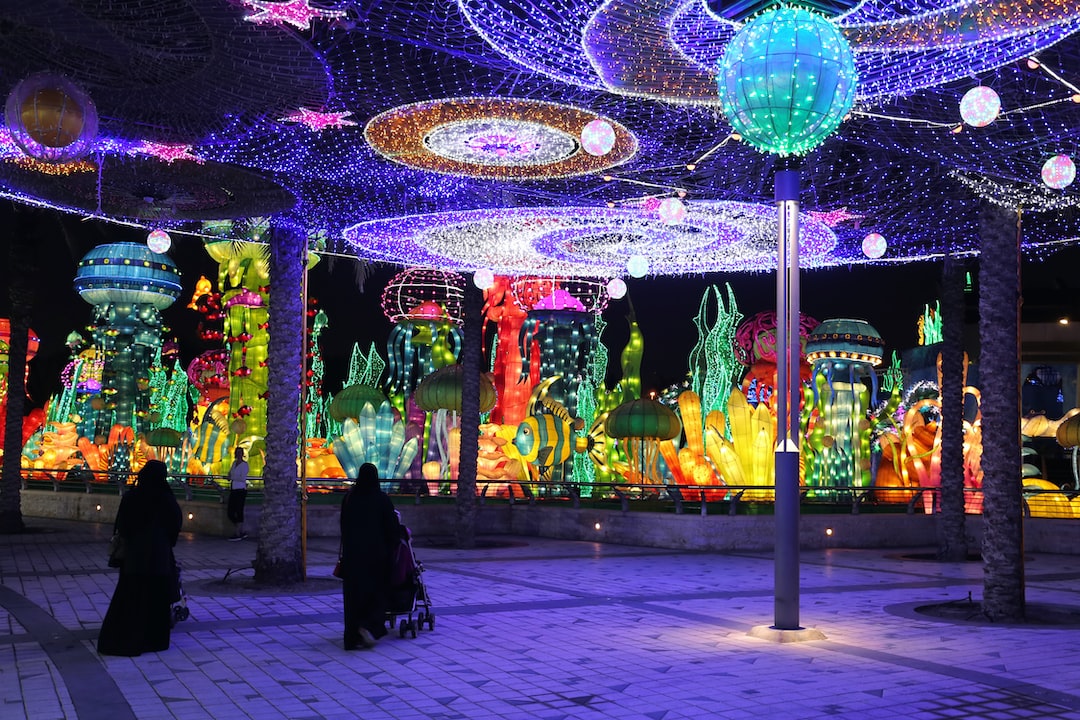The Rise and Fall of Pop Culture Trends
Pop culture trends dominate our lives. They define what we wear, what we listen to, and even how we think. From fashion to music to internet challenges, these trends shape our society and ultimately reflect our cultural values. But just as quickly as these trends rise to popularity, they can fall into obscurity, making room for new and exciting trends. This constant ebb and flow in the world of pop culture is a fascinating phenomenon worth exploring.
When we think about the rise of a pop culture trend, we often envision its exponential growth. It starts with a few enthusiasts who embrace something unique and refreshing. Through social media, word-of-mouth, and celebrity endorsements, this trend spreads like wildfire, captivating the masses and becoming a part of mainstream culture. Take, for example, the rise of the dab dance move in 2015. It began with a few hip-hop artists showcasing this unique dance step in their music videos and performances. Soon, people of all ages were dabbing in their school corridors, at parties, and even during televised sports events. This trend became the symbol of coolness and swag, resonating with a generation eager for the next big thing.
However, just as quickly as certain trends rise to prominence, they can also fall out of favor. The fall of a pop culture trend can happen due to various reasons. Sometimes, its repetitive nature gets tiring, and people move on to newer, more exciting trends. This was evident with the decline of the dab dance move. As more and more people started dabbing, it lost its novelty, and people began searching for the next big thing that would allow them to stand out from the crowd.
The fickleness of pop culture trends is also influenced by the rapid pace of information exchange in the digital age. With the advent of social media platforms like TikTok, Twitter, and Instagram, trends can rise to popularity within hours and die out just as fast. This rapid cycle of trends has widened the gap between generations, with younger individuals embracing new trends while older generations struggle to keep up.
However, it is important to note that not all trends experience a complete fall from grace. Some trends undergo a transformation, adapting to societal changes and evolving to remain relevant. Take, for example, the resurgence of vinyl records. In the early 2000s, CDs and digital streaming had largely replaced vinyl records. However, with the rise of hipsters and a desire for nostalgia, vinyl records made a comeback. People began appreciating the warmth and tangibility of physical records, thus sparking a renewed interest in a seemingly outdated medium.
Understanding the rise and fall of pop culture trends is essential for marketers, as it provides valuable insights into consumer behavior. By identifying the underlying factors that drive trends, businesses can capitalize on emerging trends and align their products or services accordingly. Similarly, recognizing the factors that contribute to the decline of a trend can help businesses anticipate changes and adapt their strategies accordingly.
In conclusion, the rise and fall of pop culture trends reflect the dynamic nature of our society. They shape our identity and serve as a cultural barometer, indicating our values and interests. As we move forward, it is important to embrace the ever-changing landscape of pop culture, keeping an open mind to new trends and recognizing their impact on our lives. Whether we ride the wave of a trendy phenomenon or observe from the sidelines, pop culture trends will continue to define our collective experiences.
